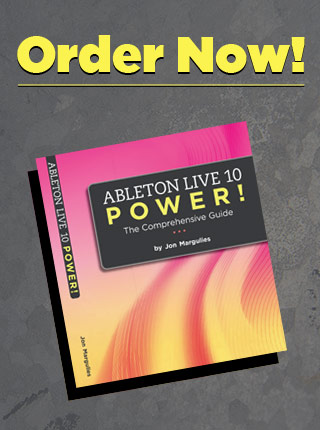There are a wide variety of reasons it’s often considered a bad idea to master your own music. Sometimes the argument against self-mastering has the sound of a moral imperitave: you should not master your own music. It’s just wrong!
What’s closer to the truth is that it’s just very difficult. There are a pile of reasons for this including monitoring environment, equipment, and not last of all – objectivity. Usually, by the time you’ve completed a final mix of something, you’ve listened to it enough that your ears need a good long rest before they can hear it anywhere near as well as a talented professional with well-trained ears.
Another important fact to understand about mastering is that it has limited upside and unlimited downside. In other words, great mastering can make a good mix sound better but it can’t make a bad mix sound like a good one. On the other hand, bad mastering can make any mix sound terrible.
Even in the face of these facts, I decided to master my most recent release myself. Partly because I wanted to test my own abilities, but also partly to take advantage of the one benefit you get from mastering your own material: the ability to go back into the mix and fix flaws that are discovered through the mastering process.
Some of the flaws that are revealed are simple things like excessive peaks in individual tracks, or unecessary low end muddying up the bottom. Even though I was aware of these issues when mixing, I was amazed to discover what I had missed once I got into mastering. Once a mastering limiter is in the picture, problems such as these were exaggerated and nearly impossible to miss.
In the upcoming tips, we’ll take a look at a few handy mastering techniques. Whether or not you ever intend to master your own stuff, you may find that your mixing skills benefit from exploring the process a bit.





